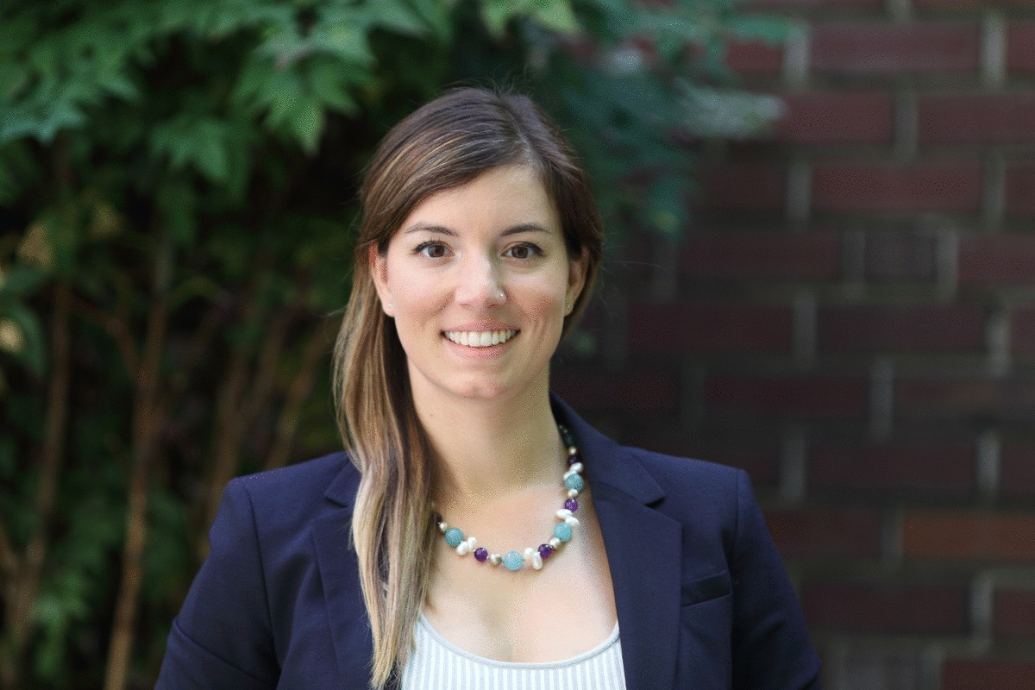Articles of Interest
An Evolution of Pension Plans' Alternative Investment Approach

Canadian Defined Benefit pension plans have been adding alternative assets for decades, with many plans allocating a sizeable portion of their portfolio to non-traditional investments. These assets have the allure of providing returns with low correlation to traditional stocks and bonds, but implementing and keeping on top of an effective alternative assets sleeve is not for the faint of heart.
I recently sat down with three experts to discuss their experiences from the perspective of an asset owner, an investment manager, and a consultant; Bob Dhaliwal is the Administrative Trustee of the Waterfront Industry Pension Plan, Daren Atkinson is a Principal and Portfolio Manager at Leith Wheeler, and Julianna Spiropoulos is a Partner in the Investment Consulting Practice at TELUS Health. Their insights revealed the nuances of how plans are adapting their alternative investment approach to navigate the benefits and challenges these assets bring.
The key takeaways from that discussion explore the changing view of fund structures, the growing appeal of multi-asset alternative solutions, and how plans are addressing challenges related to capital deployment, fee structures, and administrative complexities. Whether you already have an established alternatives program, or these assets are being considered for the first time, the following insights offer valuable perspectives on evolving or initiating a robust alternative investment strategy.
The approach to implementing alternatives has evolved since large plans first started adding them. In the past, plans often followed a stepwise approach to implementing alternatives. Generally dipping their toes in the water with tangible alternatives like Real Estate, before getting comfortable to progress to more complex strategies. This approach has allowed trustees to gain the necessary knowledge and comfort with alternatives to benefit from the return and diversification benefits they offer. Mr. Dhaliwal noted that the Longshore plan followed this path, first implementing Real Estate and Infrastructure, and later Private Debt and Private Equity.
Real Assets have emerged as a particularly compelling opportunity. Mrs. Spiropoulos explained, "real estate, infrastructure, and we're starting to see farmland become more popular, are really attractive because they provide some inflation protection." She went on to explain that not only are Real Assets subject to different economic forces than traditional markets, but the concept of investing in a farm or airport is relatively straightforward to explain to trustees.
The trend in implementing alternative investments isn’t limited to selecting sub-asset classes; the method for implementation is changing, and becoming more accessible to plans of all sizes. Mr. Atkinson noted that his firm started looking at different alternative asset classes about eight years ago, to augment their traditional investment offering and assist their clients in accessing this space. This eventually led to the creation of a multi-private asset fund, which affords smaller clients access to strategies that were previously out of reach due to high contribution minimums. Mrs. Spiropoulos finds that the diversification across several alternative asset classes within a single vehicle is particularly attractive for her smaller clients.
The panel highlighted the complexities of closed-end funds, which can render alternatives out of reach for smaller plans. Even for a larger plan, Mr. Dhaliwal noted the administrative burden of managing capital calls and redeploying distributions, can occur weekly. Once alternatives are well established within the plan, there are likely multiple vintages in several asset classes, which requires constant oversight; the alternative asset sleeve of a portfolio often takes a large share of the total administrative time on a plan. Both Mr. Dhaliwal and Mrs. Spiropoulos acknowledged using open-end funds is relatively easier to manage. The increasing availability of open-end multi-asset alternative funds is enabling a broader range of pension plans to access alternative investments while mitigating some of the operational challenges associated with closed-end structures. Use of an open-end multi-asset pool doesn’t necessarily mean that plans forgo the diversification and correlation advantages of closed-end funds; the underlying funds may be both closed- and open-end funds, as is the case for Leith Wheeler’s product, which limits closed-end structures to 20% of the portfolio to maintain necessary liquidity at the pool level.
Implementing alternative assets within a pension plan requires a thoughtful approach that considers both the opportunities and risks in the evolving market landscape. Beyond the decision of an open- or close-end structure and its administrative complexities, fees and valuation challenges are important considerations in implementation. Most alternative investments come with high fees, so the potential returns and benefits need to justify the cost and effort.
Trustee education prior to implementation is a key to success. Mrs. Spiropoulos mentioned education should focus on the value proposition of alternatives from a risk and return perspective, rather than aiming for technical expertise. Every trustee group possesses a different level of experience, and there’s a need for each group to understand the implications for costs, complexity, and monitoring requirements prior to diving in. For example, education on the infrequent valuation of many alternatives, and the delay in which they are reported, may be particularly necessary for those accustomed to the daily valuations of traditional assets.
Advice and due diligence from a consultant have helped Mr. Dhaliwal ensure there’s a second look at valuations, to ensure they are reasonable. The panel emphasized the importance of establishing clear monitoring frameworks. This includes understanding how to evaluate performance across different types of investments, particularly given the challenges of comparing money-weighted returns versus time-weighted returns. But with the right support, accessibility has never been better for plans of any size, and especially smaller plans with limited administrative resources.
As we look toward the rest of 2025, and beyond, several trends are shaping the future of alternative investments in pension portfolios. The trend toward more accessible and flexible investment vehicles is likely to continue. Multi-asset alternative strategies might evolve further, potentially offering improved liquidity or lower investment minimums. A listed liquidity sleeve within a private asset fund or an alternatives component of a balanced or target date portfolio may gain in popularity and help democratize alternatives for a broader range of investors, including defined contribution plan participants.
Ultimately, successful implementation of alternative investments requires a careful process to balance the potential benefits with the operational and governance challenges these assets present. When plans assess their capabilities and resources, they can ensure successful management of these investments over the long term.
Andrea Schmelcher, Senior Consultant, TELUS Health

Andrea is a Senior Consultant in TELUS Health's DC Consulting practice. She has been serving institutional investors since 2009, with an emphasis on investments for much of her career. Andrea has worked with a variety of clients ranging in size and plan type, with a current focus on capital accumulation plans. Due to her background, she takes a keen interest in the fund lineup that sponsors offer to their members. Andrea assists sponsors in the articulation and documentation of their investment beliefs, and helps align the structure of the fund lineup to match those ideals. In reviewing performance of the plan, Andrea helps clients interpret their plan statistics to make informed decisions, to improve member engagement and retirement outcomes. Andrea also works closely with TELUS Health's Investment Consulting team, in developing ongoing independent investment oversight of funds. She leads the Target Date Fund research efforts, and sits on a committee assessing research conducted on all asset classes by TELUS Health's investment analysts.